Montauk Daisies (Nippon daisies)
Learn Montauk Daisies growing and care, how to grow Montauk Daisies, How to propagate Montauk daisies, and more about this plant. Nippon daisies are a dark green perennial plant with a length of 3 feet, its leaves are leathery and have large white daisy flowers. Daisy flowers are perennially blooming late in summer and fall. It is definitely familiar with asters, sedums, and chrysanthemum. Montauk Daisy likes the full sun and flourishes very well in the sandy soils.
These plants are drought tolerant. However, there is confusion about its nomenclature. Montauk daisy earns the moniker by the name of the same city on Long Island. Where these Daisy has made their own ownership of the sandy shore Although these plants are basically associated with the coastal regions of Japan, which is known as Nippon Daisy. Nature Bring is sharing simple steps of planting and care of Montauk daisy.
This beautiful flower bloom from mid to late summer and continues until the hard freeze. Montauk Daisy is 3 ft tall perennial and its flowers big white and daisy, its leaves are dark green and leathery.
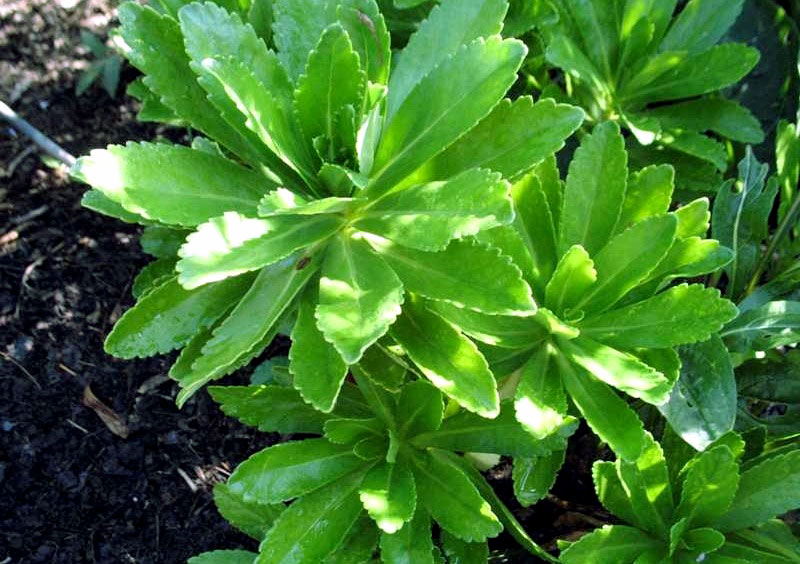
Overview Nipponanthemum nipponnicum
Scientific name Nipponanthemum nipponnicum
Common name Montauk Daisy, Nippon daisies
Plant type Flower
Sun requires Full Sun
Blooming time Spring through mid-summer and fall
Flower colors white
Soil any / well-drained
Soil pH 5.6-6.0
Zone 5-9
How to grow Montauk Daisy
Location and soil
During most of the season, the Nippon daisies planting flourishes well in full sunlight. If they are grown in warmer areas, then they perform better than other areas. In warm weather, you can keep this in the shade.
Montauk Daisy can tolerate many types of soil, but well-drained soil is essential for the plant. It also serves very well in drought, but if the soil is temporarily dry it can be wilted. The plant grows very fast, so we should put it in a fixed place in advance.
Montauk Daisy also flourishes in sandy soils, it is salt and drought tolerant and it is naturally in the Long Island, New York’s Montauk Lighthouse region, where it is growing freely throughout the coastal region. It is also known as Nippon Daisy because it is native to Japan. Read more.
Planting tips
- At the time of planting of Montauk daisies, mix organic materials in the soil. Nippon daisies plants do not like soggy soils, by mixing organic substances, you can get rid of this problem. These plants prefer well-drained, growing media such as organic matter, compost, and leaf mold, which increases the soil drainage.
- After adding organic substances to the soil, for planting, you dig about 3 times the bigger crater than the size of the root ball in the ground. After that, fill the soil pits around, and water the plant.
- It is very easy to propagate this plant if its stem is sticking near the node in the growing medium, it develops. By the way, it is easy to propagate by dividing this plant. Read more.
How to care about Montauk Daisy
Tolerant
This is a dry-tolerant perennial herbaceous. Montauk Daisies are hardy in USDA Zone 5-9. They are members of the Guldudi family and grow in the flakes.
Watering
Montauk daisy is drought tolerant, so normally it does not require much water, but if the rain does not occur, or if you have planted it in the container it needs water. Giving weekly water will yield better results.
Fertilizer
There is no need to provide fertilizer for regular Nippon daisies. They grow very well in the average soil.
Trimming
- Trim this perennial in the first half of spring or summer, so that it can be more compact and encourage new growth.
- Its flowers are the center of attraction of your garden in the blooming season, by removing dead brown or yellow leaves to keep it alive. It maintains the lower charm of the stem.
- Deadhead is essential for cosmetic purposes, it enhances the beauty of the plant and encourages new growth.
- If your plant is too crowded, divide plants in the spring
Best Landscaping plant
Many gardeners use daisy flowers perennial in landscaping. In fact, they seem quite attractive in autumn. Trim these plants in the summer season so that they can grow more. Montauk daisies contain very good cut flavors.
How to propagate Montauk daisies
- Cut the Montauk daisies cutting with the 3 nodes in spring or summer. Then dip the tip of this cutting into the hormone rooting powder.
- Take a growing medium in a pot and put this cutting in 70 degrees.
- After this, cover it completely with a plastic sheet, it maintains moisture in the soil.
- Keep this pot inside the house where the temperature remains constant. These plants are easy to propagate
Pests and disease
Insects attack Montauk daisies but do not attack it too much. Fungal diseases cause harm, especially in it, stem rot and leaf spots can damage it. For this, take special care when watering these plants, if water does not give it above the plant, then it will help you to stop these diseases. 1 to 2 inches thin mulch reduces leaf spots because it prevents water, and prevents spores from growing in the soil. daisy flower plants do not require much care. These are deer resistant.
Read also: How to grow Liatris in the container. How to grow daylilies. How to grow Geranium in containers. White flowers: create a peaceful landscape. Growing princess flowers in pots. Growing Poppies in pots. Direct sow vegetables in the garden. Aster perennial growing in the garden. Betel leaf plants growing guide. 09 Best foliage plants for your garden.
For Pin:
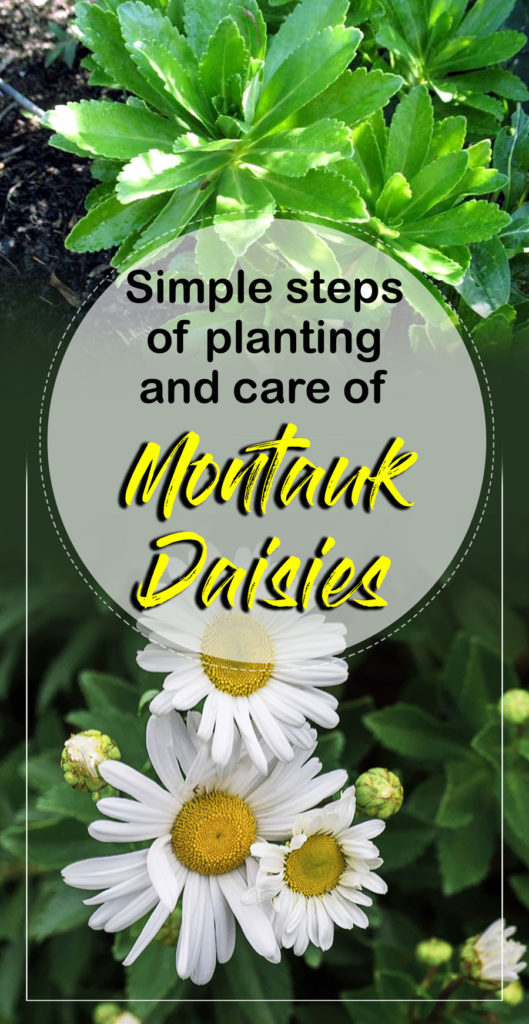

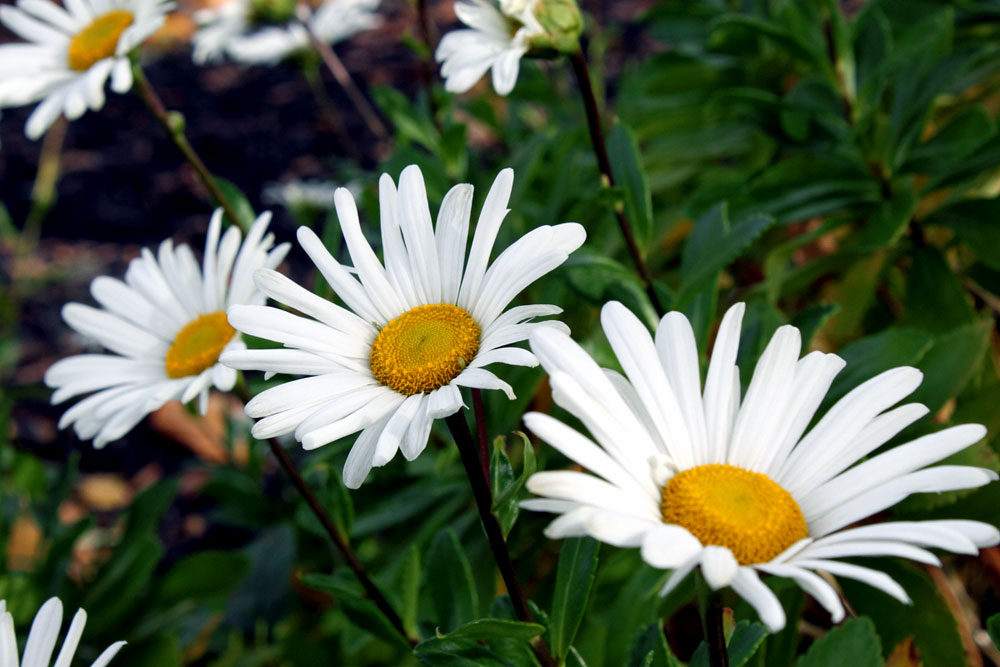
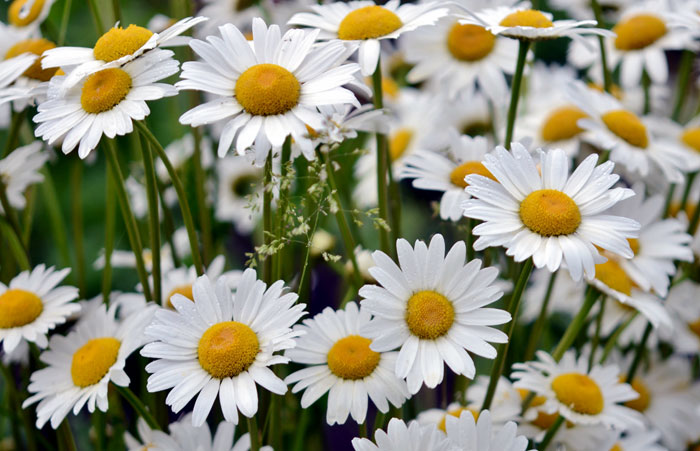
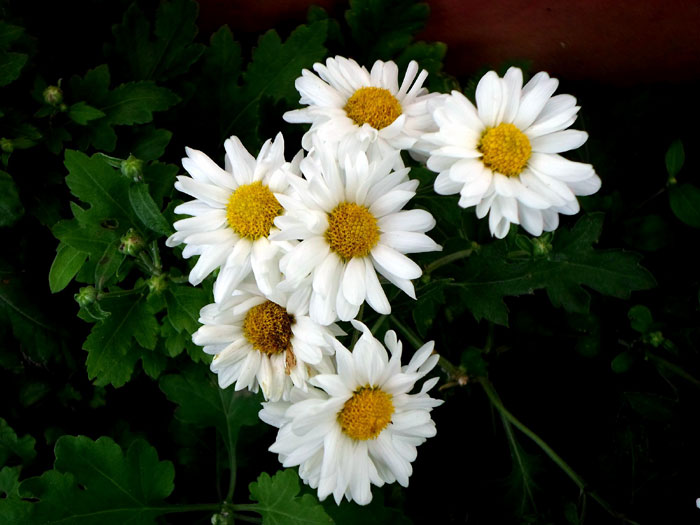
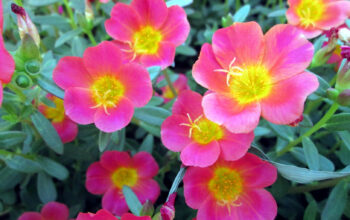
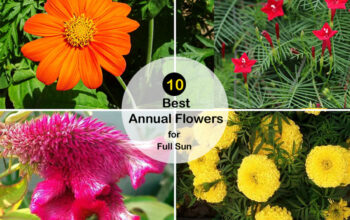
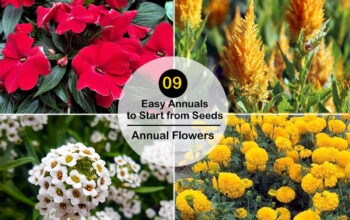
Nice informative…very simple growing and care about Daisy…
Very informative..